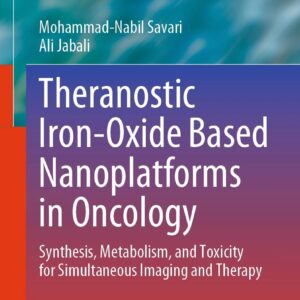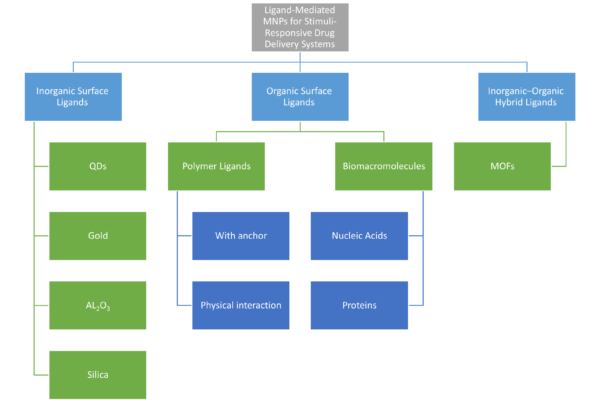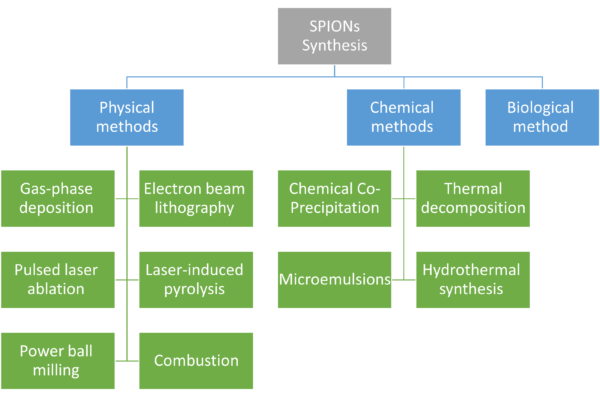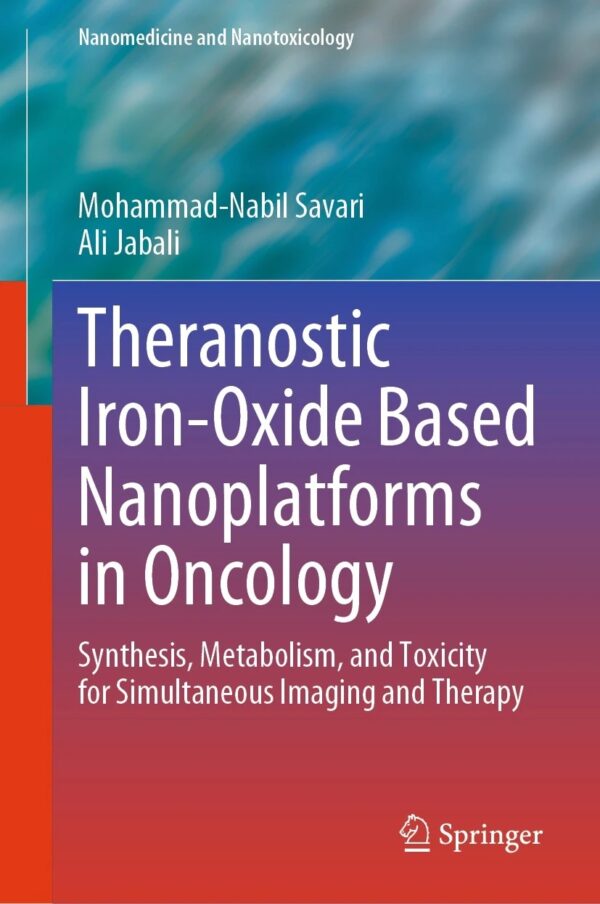توضیحات
Abstract
We’ll concentrate on the diagnostic aspect in this chapter. The below figure presents the topics focused on in this chapter hierarchically. Since a long time ago, iron oxide nanoparticles (IONP) with distinctive magnetic characteristics and great biocompatibility have been employed extensively as MRI contrast agents (CA). The recent advancement of IONP as classic T2 CA and its novel applications for many MRI modalities, including T1 imaging, simultaneous T2/T1, MRI/other imaging modality, and environment-responsive CA remain uncommon, nevertheless. This chapter begins with an examination of the path for the development of high-performance MRI CA in both T2 and T1 modalities based on the Solomon-Bloembergen-Morgan (SBM) theory and the quantum mechanical outer sphere. Recent attempts to rationally improve the MRI contrast of IONP by modifying the critical parameters, such as magnetization, size, effective radius, inhomogeneity of the magnetic field generated by the environment, crystal phase, the coordination number of water, electronic relaxation time, and surface modification, are outlined. The introduction of a second imaging modality to increase imaging accuracy, equipping IONP with environment response capacity to elevate the signal difference between the lesion and normal tissue, and optimizing the interface structure to increase the amount of IONP that accumulates in the lesion are all strategies to increase the in vivo contrast efficiency of IONP. This comprehensive part gives readers a thorough overview of current studies on the creation of high-performance IONP-based MRI CAs. It is believed that this would inspire the design of the next-generation MRI CAs for rapid and precise diagnosis.
Additionally, over the past few decades, the use of imaging modalities like magnetic resonance imaging (MRI), positron emission tomography (PET), and single photon emission computed tomography (SPECT) in routine clinical practice has made it possible for clinicians to accurately diagnose diseases in their early stages. Radiolabeled iron oxide nanoparticles (RIONs) are a platform of complex physical features because they mix their inherent magnetic behavior with the extrinsic nature of the radionuclide additive. The capacity of RIONs to combine the high sensitivity of SPECT or PET with the high spatial resolution of MRI in real time makes them the physical parents of the so-called dual-modality contrast agents (DMCAs) used in SPECT/MRI and PET/MRI applications. The synthesis of RIONs and their in vivo examination of their biodistribution and imaging effectiveness as possible SPECT/MRI or PET/MRI DMCAs are other topics covered in this chapter.
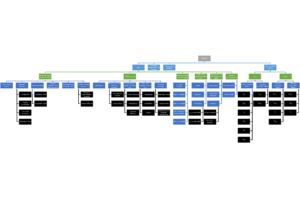
Diagnosis

The recent advancement of IONP as classic T2 CA and its novel applications for many MRI modalities, including T1 imaging, simultaneous T2/T1, MRI/other imaging modality, and environment-responsive CA remain uncommon, nevertheless. This chapter begins with an examination of the path for the development of high-performance MRI CA in both T2 and T1 modalities based on the Solomon-Bloembergen-Morgan (SBM) theory and the quantum mechanical outer sphere. Radiolabeled iron oxide nanoparticles (RIONs) are a platform of complex physical features because they mix their inherent magnetic behavior with the extrinsic nature of the radionuclide additive. The capacity of RIONs to combine the high sensitivity of SPECT or PET with the high spatial resolution of MRI in real time makes them the physical parents of the so-called dual-modality contrast agents (DMCAs) used in SPECT/MRI and PET/MRI applications. The synthesis of RIONs and their in vivo examination of their biodistribution and imaging effectiveness as possible SPECT/MRI or PET/MRI DMCAs are other topics covered in this chapter.
URL: https://link.springer.com/chapter/10.1007/978-981-99-6507-6_8
نویسنده: Mohammad-Nabil Savari
5

